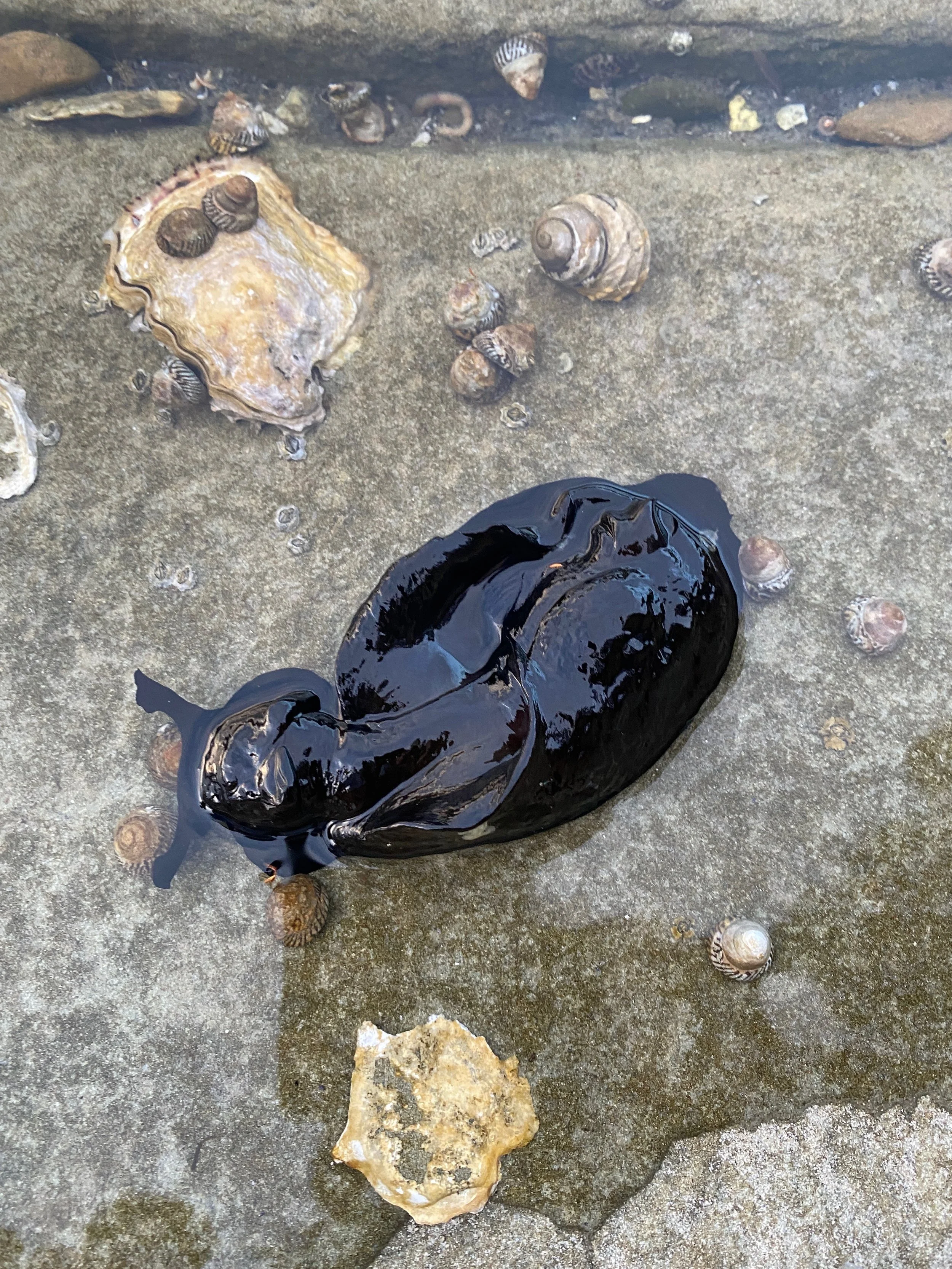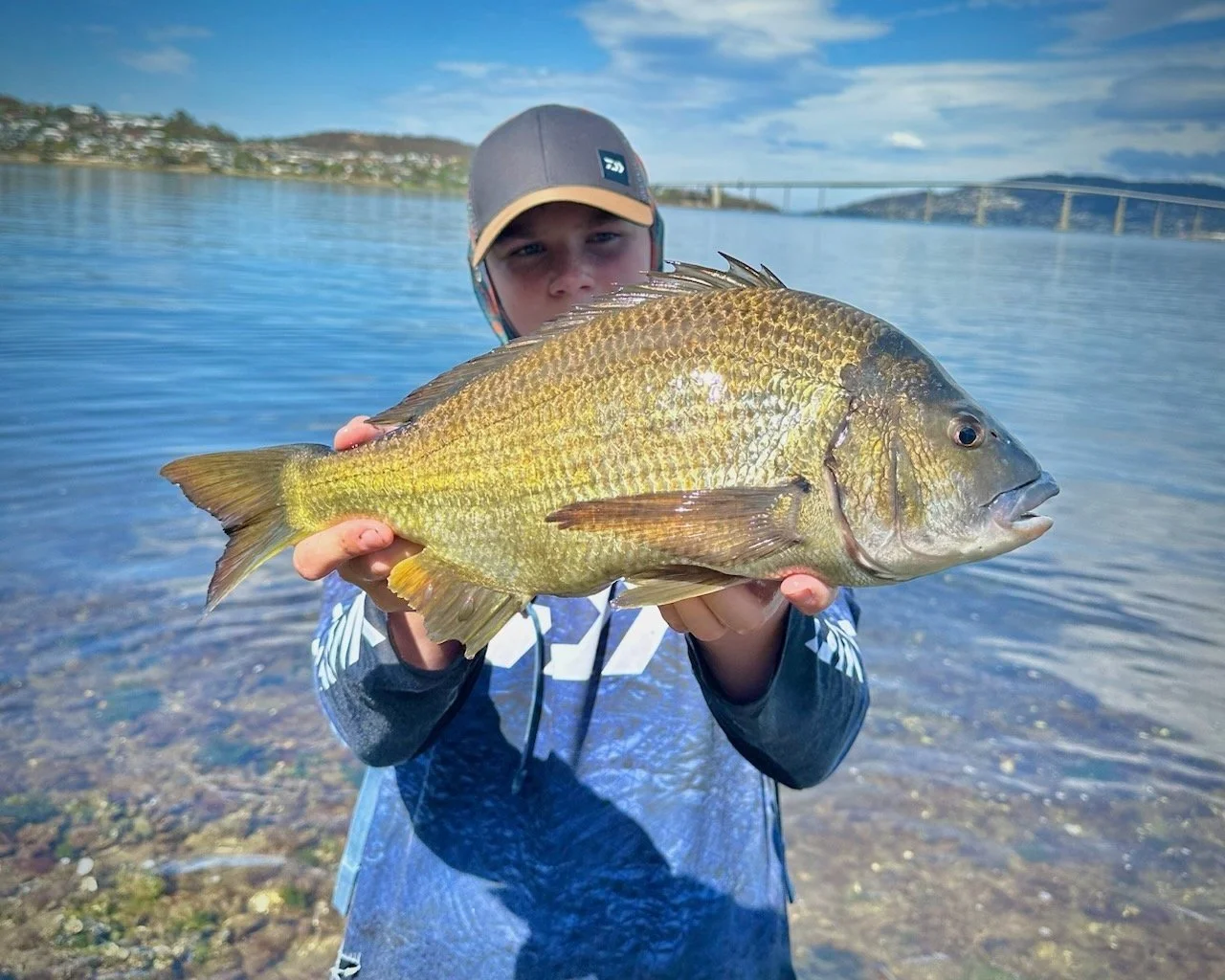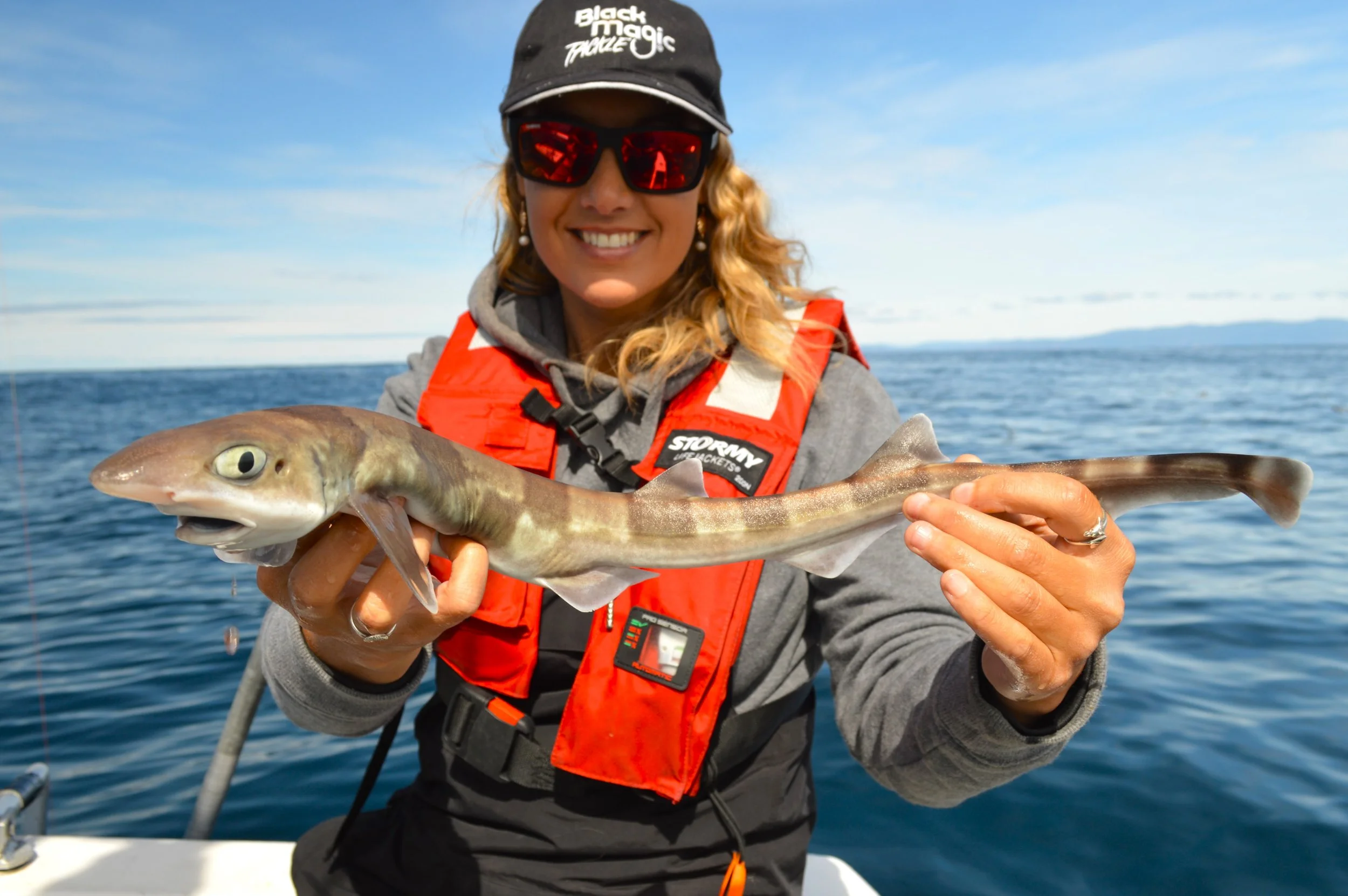Tasmanian Fishing Report March 2025
Toby Ekins with a tassie Marlin caught off St Hellens on Thursday on a Meridian Blue Lumo Saltshaker
March Fishing Report
Saltwater Fishing
Tuna
Bluefin tuna have been spotted along the east coast of Tasmania in good numbers, with reports coming from areas like Storm Bay and even behind the moored boats at Eaglehawk Neck. The fish have been feeding heavily on large schools of baitfish that are abundant in these regions, and anglers have been successful catching some solid-sized fish. The Bluefin are ranging from 20kg to 100kg, with the larger fish being found deeper in the water column. Those targeting Bluefin have had best success trolling with skirts and lures to entice strikes. The presence of these tuna has been consistent, and we can expect them to continue frequenting these areas as long as conditions remain favourable.
Albacore tuna have also been making an appearance in the southern waters, particularly around Whale Head. Large schools of baitfish are concentrated in this region, attracting a variety of predators, including dolphin, seals, and seabirds, all feeding heavily. The abundance of bait has resulted in some great tuna action, with Albacore being caught in the 5kg to 15kg range. These fish are a bit more elusive, but persistent anglers using trolling lures and soft plastics have been landing some quality specimens.
Swordfish catches have been excellent over the past week, with St Helens and Eaglehawk Neck proving to be the most productive locations. Anglers are reporting consistent success, with many fish caught ranging from 80kg to over 150kg. The fishing conditions have been ideal, with favourable water temperatures and minimal wind, allowing for more stable fishing. If the weather remains favourable, we can expect the swordfish season to continue for the next few months. As always, patience is key when targeting these deep-water predators, as the bite can be sporadic, but when they hit, it’s an exciting experience for any angler.
Striped Marlin have been making an appearance off the coast of St Helens over the past few weeks, with several catches and sightings reported. Anglers have been experiencing some exciting action, with one fisherman even reporting multiple marlin in his spread of lures at the same time. While these fish are not commonly caught in Tasmanian waters, the warm currents and abundant bait in the area are creating favourable conditions, making it possible to see more of these impressive predators. It's an exciting sign that the waters are full of potential for big-game fishing this season!
Kingfish catches have been a little slower than usual this year in the Derwent River, with fewer reports of fish coming from the usual hotspots. Most of the kingfish caught have been in the 1kg to 3kg range, and they have primarily been found around Blackmans Bay and into North West Bay. While these areas are still producing, the fish seem to be more spread out and less active compared to previous seasons. However, the east coast of Tasmania has still been the most reliable area for kingfish, with Triabunna and Coles Bay continuing to see consistent catches. Anglers fishing these locations have been having success using bait, especially squid, as well as trolled lures such as the Halco Laser Pro 120.
Squid fishing has been fantastic lately, with the crystal-clear waters making it easier for anglers to spot the squid and for the squid to hunt. Squid numbers have been abundant along both the east and south coasts, with large, juicy specimens being caught in areas like North West Bay, Marion Bay, and the Derwent Estuary. The larger squid are ranging from 30cm to 50cm in size, and they are proving to be a great catch for those using jigs. The squid are not only a great target on their own but also serve as prime bait for other species like snapper, kingfish, and tuna.
Australian salmon have been widely reported throughout Storm Bay, particularly off Roaring Beach and Goats Bluff. These fish have been ranging in size from 20cm to 50cm, with the smaller models being abundant in the area. Anglers fishing from boats or along the shore have been able to catch good numbers of salmon, with best results coming from using small lures and soft plastics. Smaller salmon have also been spotted throughout the Huon and Derwent Estuaries, where they are often feeding on the smaller baitfish that are prevalent in these areas. While the salmon are not always the largest fish, their strong fighting abilities and abundance make them a fun and rewarding target for anglers of all levels.
The consistent availability of Australian salmon, coupled with the increasing numbers of squid in the area, makes for a great time to target both species in combination, especially if you’re looking to use fresh, local bait for bigger fish.
Snapper catches have been improving with reports of quality fish coming from the east coast, particularly around Maria Island and off Schouten Island. The bite has been strong with fresh squid and pilchards as the preferred bait. We expect the snapper fishing to improve as we move into the cooler months, with some larger specimens likely to show up.
Bream fishing has been productive in the river systems. The Derwent has been a hotspot, particularly around Lindisfarne and up to New Norfolk. Fishermen are having great success with soft plastics and small hardbodies, as well as traditional baits like Prawns and Pilchards. The fish are biting best in the run-out Tide. The bream is ranging in size from 30cm to 38cm, with the occasional larger fish over 40cm.
Couta are present in good numbers along the east coast and in the Derwent. Most of the fish are being caught as bycatch while targeting table fish. Trolling silver lures or plastics is proving successful for the anglers targeting them. The couta tend to be more active in the cooler months, and with the recent influx of baitfish, they are expected to remain a steady target.
Mackerel fishing has been spotty, but there are still some good fish being caught around the southern parts of Tasmania. Areas like the Derwent River, the Channel, and the East Coast are producing fish in the 15–30cm range. Most catches are coming from Bait Jigs and Squid tentacles, with an increase in activity on the warmer days.
Freshwater Fishing
Great Lake
Great Lake continues to be a popular spot for anglers targeting brown trout and rainbow trout. The fishing has been consistent with fish ranging from 1kg to 2kg, with some larger specimens over 3kg making an appearance. Best results have been from trolling deep, especially in the hottest parts of the day, when the fish tend to be deeper. Late afternoons are also good for casting and drifting with flies.
King William
King William is still producing solid catches of brown trout, with fish in the 1–2kg range. Fly fishing has been very effective, especially with small nymphs and dry flies, with a few fish seen feeding on the surface. The water levels have been ok, and anglers are finding that early mornings and late evenings are the prime times to fish.
Echo
Echo Lake has been consistent for trout anglers, with rainbow and brown trout up to 3kg reported. The fishing has been a bit slow during the midday hours, but early mornings and late evenings are producing the best results. Trolling with deep-diving lures is still one of the most effective techniques, and the fish are being found around the deeper sections of the lake.
Penstock
Penstock has been fishing well, especially with the recent cooler snap. Rainbows and browns have been feeding actively, with anglers catching good numbers of fish around the edges of the lake and in the deeper holes.
Little Pine Lagoon
Little Pine Lagoon was one of Tasmania's top freshwater spots. Anglers fishing it latterly are still reporting low numbers and many hours between bites. The brown trout that have been caught have been healthy at the 1.5–3kg range.
IFS News
Final juvenile carp survey conducted in Lake Sorell
From Monday 3 to Friday 7 March, a final survey was undertaken in Lake Sorell to confirm the functional eradication of carp. Functional eradication means that the few, if any, remaining carp are unable to breed.
Search for redfin perch in the Huon Valley continues
On 12 March 2023, a redfin perch (Perca fluviatilis) was caught by an angler in Mountain River, in the Huon Valley. It was reported to and confirmed by the IFS. Prior to this, redfin perch had not been found in this river, or in the Huon Valley.
Photos
Local fly Guru Scott Norton with a Derwent Bream
An unusual find - a sea hare spotted at Bruny over summer.
Michelle Brittain and Jonah Yick with a couple solid bluefin tuna from Mewstone Rock on the Black Magic Tackle Jonahs Kona lures.
Jonah Yick with an approx. 50kg bluefin from Mewstone Rock on the Black Magic Tackle 8inch Jonahs Kona Flying Fish lure
Eli with a thumping Derwent bream
Eli with a nice estuary brown.
Michelle Brittain with an Australian sawtail catshark, a first for Jonah’s boat!
Adrian with nice little shore based Great Lake brown.











